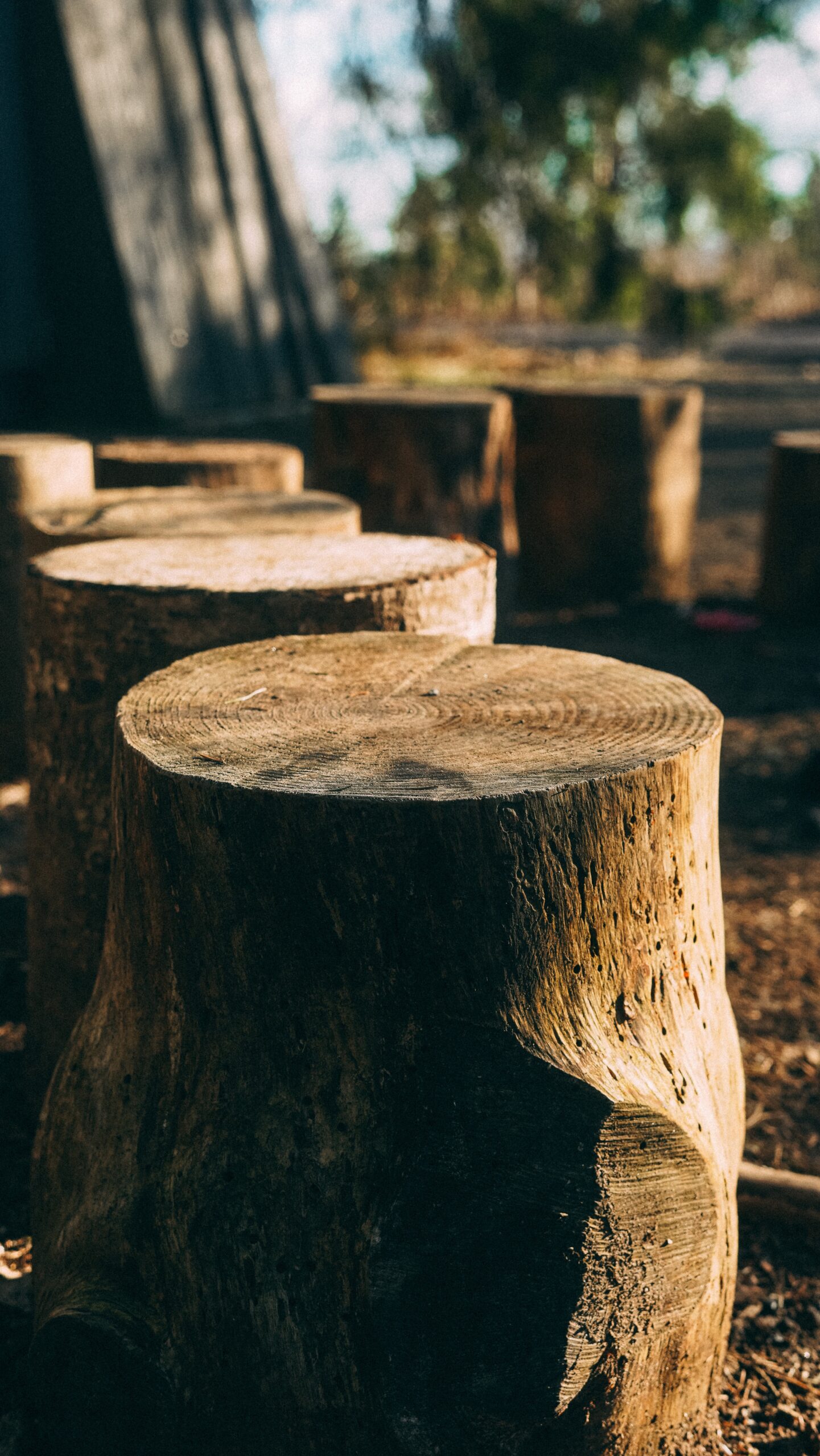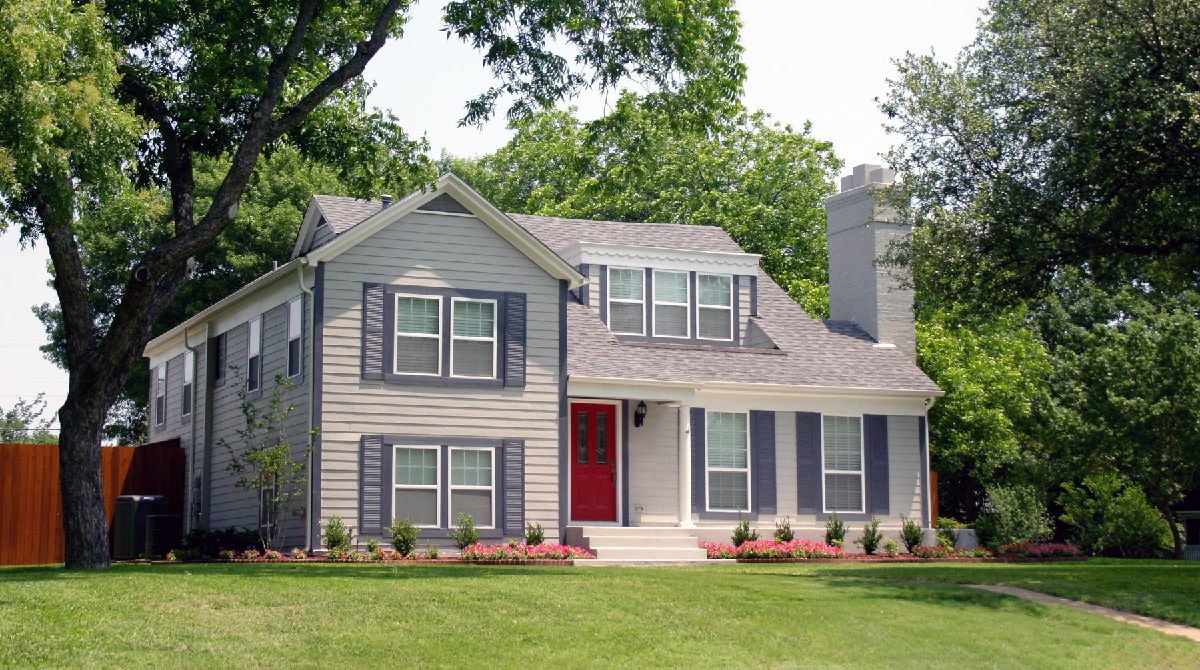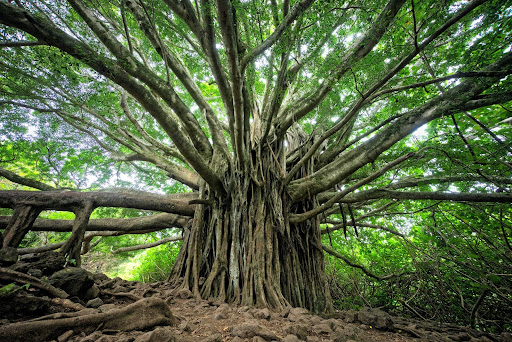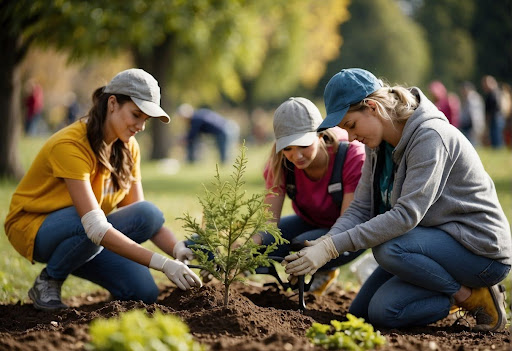
TreeNewal: Understanding the When and Why of Tree Removal
Date September 06, 2023
Introduction to Tree Removal
- Trees play a crucial role in maintaining the ecological balance, purifying the air, and supporting countless species.
- However, there are instances when tree removal is not only a viable option but a necessary choice to protect both the environment and nearby structures.
History of Tree Removal Practices
- Over centuries, the techniques and rationales for tree removal have evolved.
Ancient civilizations removed trees for agriculture and urbanization.
As societies developed, tree removal also became crucial for infrastructure projects and city expansions. - It’s vital to understand the historical reasons to appreciate the present-day practices and challenges of tree removal.
The Significance of Proper Tree Removal
- Removing a tree can have a significant environmental impact:
Improper removal can lead to soil erosion, habitat destruction, and imbalance in local ecosystems. - Safety is paramount. Improper techniques or inexperience can pose:
Threats to nearby structures.
Risks to the individual performing the removal. - Hence, the importance of proper tree removal cannot be overstated both for our environment and safety.
The Essential Scenarios and Procedures
Scenarios Where Tree Removal Becomes Essential
- Diseased or Infested Trees
Many trees suffer from diseases or pest infestations which, if not addressed timely, can be detrimental to the entire tree population in the area.
Symptoms may include discolored leaves, premature leaf drop, or visible pests. - Risks of overlooking infected trees:
The spread of diseases or pests to neighboring trees.
A weakened tree structure, prone to falling.
Structural Hazards
- Not every tree is planted with foresight. Over time, some trees can pose significant threats to structures.
For instance, a tree’s roots might undermine a home’s foundation, or branches may entangle with power lines. - Recognizing structural threats:
Visible cracks in pavements due to roots.
Branches touching roofs, walls, or utility lines.
Dead or Dying Trees
- A dead or dying tree becomes a liability.
Signs: brittle branches, lack of leaves, or fungal growth at the base. - Risks of leaving these trees standing:
Falling branches causing injuries.
Dead trees attract pests, further endangering healthy trees.
Landscaping or Development Needs
- Sometimes, tree removal aligns with development plans or landscape redesign.
For example, making space for a new building or a garden feature. - Balancing act:
While development is crucial, it’s equally vital to ensure that environmental concerns are not sidelined.
Safe Procedures for Tree Removal
Professional Assessment
- Before taking any drastic steps, it’s paramount to consult a tree removal expert.
They can determine if removal is the best option or if alternatives like pruning might suffice. - During an assessment:
The professional gauges the tree’s health, checks for any infestations, and evaluates the safest removal method.
Using Proper Equipment
- Safety first! Utilizing the correct equipment ensures the process is efficient and hazard-free.
For instance, using a harness when cutting tall trees. - Risks of improvised methods:
Injury due to equipment malfunction.
Potential damage to surrounding property.
Safety Protocols
- Tree removal isn’t a task to be taken lightly; safety protocols are essential.
Before starting, ensure the area is clear of bystanders.
During the process, always wear protective gear like helmets and gloves.
Post-removal, clear the area of any debris promptly to avoid accidents. - Potential hazards:
Falling branches or an entire tree.
Mishandling of tools leading to injuries.
Disposal and Recycling
- Once the tree is removed, its responsible disposal is a must.
Options include chipping or converting to mulch, which can nourish other plants. - Recycling benefits:
Wood from removed trees can be used for furniture or as firewood.
It promotes sustainability by reducing the need for new raw materials.
FAQs (Based on People Also Ask section)
Why is tree removal so expensive?
- Tree removal isn’t just about cutting down a tree; it’s a comprehensive process requiring skill, equipment, and caution.
- Cost breakdown:
Specialized equipment and its maintenance.
Labor costs for professionals who are trained and insured.
Post-removal cleanup and disposal. - Value of professionals:
They ensure the job is done safely, efficiently, and in compliance with local regulations.
Professionals can advise on whether removal is the best option or if alternatives exist.
Can I remove a tree myself?
- While DIY projects can be fulfilling, tree removal isn’t an everyday task.
Risks:
Personal injury from falling branches or improper equipment use.
Damage to nearby structures. - Challenges:
Evaluating the health and stability of the tree.
Ensuring proper safety measures. - Professional help:
In cases of large trees, proximity to structures, or uncertainty about the tree’s condition, professional intervention becomes indispensable.
How do I know if my tree is diseased?
Trees, like all living organisms, can fall prey to diseases.
- Signs:
Discoloration or spots on leaves.
Fungal growth at the base.
Hollow sounds when tapped. - Early detection is crucial. The sooner an issue is identified, the better the chances of treatment or making informed removal decisions.
What is the best time of year to remove a tree?
- Timing plays a pivotal role in tree removal.
- Seasonal considerations:
Winter, when trees are dormant, is often ideal. This reduces stress on the tree and ensures a safer environment due to the absence of foliage.
Avoid removal during high winds or storms. - Balancing convenience with health:
While winter is often best, any time of year can be suitable if the tree poses an immediate threat or is already dead.
What do I do with the wood after tree removal?
- Post-removal, there are various ways to handle the leftover wood, turning potential waste into value.
- Options:
Cut and store for firewood.
Chip for mulch or compost.
Convert into furniture or art pieces. - Ecological benefits:
Recycling wood reduces waste in landfills.
Repurposing ensures fewer trees are cut for new raw materials.
Understanding when and why to opt for tree removal is essential not just for our safety but also for the well-being of our environment. From identifying diseased trees to ensuring the responsible disposal of wood, every step demands meticulous care. If you’re in the Dallas and Fort Worth Metroplex, trust only the best. Choose TreeNewal, with a stellar reputation since 2017, for all your tree removal needs. Your trees deserve the expertise of seasoned professionals. Take action today for a greener tomorrow.









